Amazing things are created every day with Autodesk software – from the greenest buildings and cleanest cars to the smartest factories and biggest hit movies. We empower innovators to turn their ideas into new realities, transforming not only how things are made, but what can be made.
Our innovative culture encourages all Autodeskers to be creative, curious, and envision the new possible. This was recently recognized by Fast Company when they named Autodesk to their “Best Workplaces for Innovators” list for the second year in a row!
Innovation can be found in every corner of our business, from our teams building cutting-edge technology to the people reimagining how we do business. Here, meet four innovators from Autodesk Research who are helping to shape a better, more sustainable world:

Archana Vidyasekar is a Senior Strategic Foresight Specialist and hybrid employee based in Houston, Texas. In her role, she studies long-term forces that could impact the business in the next 5-10 years. By proactively imagining possible futures with a futurist mindset, she identifies strategic options that provide leadership with the ability to prepare and act in a dynamic business environment.
George Fitzmaurice is a Research Fellow and hybrid employee based in Toronto, Canada. In his role, he runs the Human-Computer Interaction (HCI) & Visualization research team, where he develops long-term research visions and works with his team to implement scientific research projects, disseminate research results, and pursue product transfer opportunities and patents.

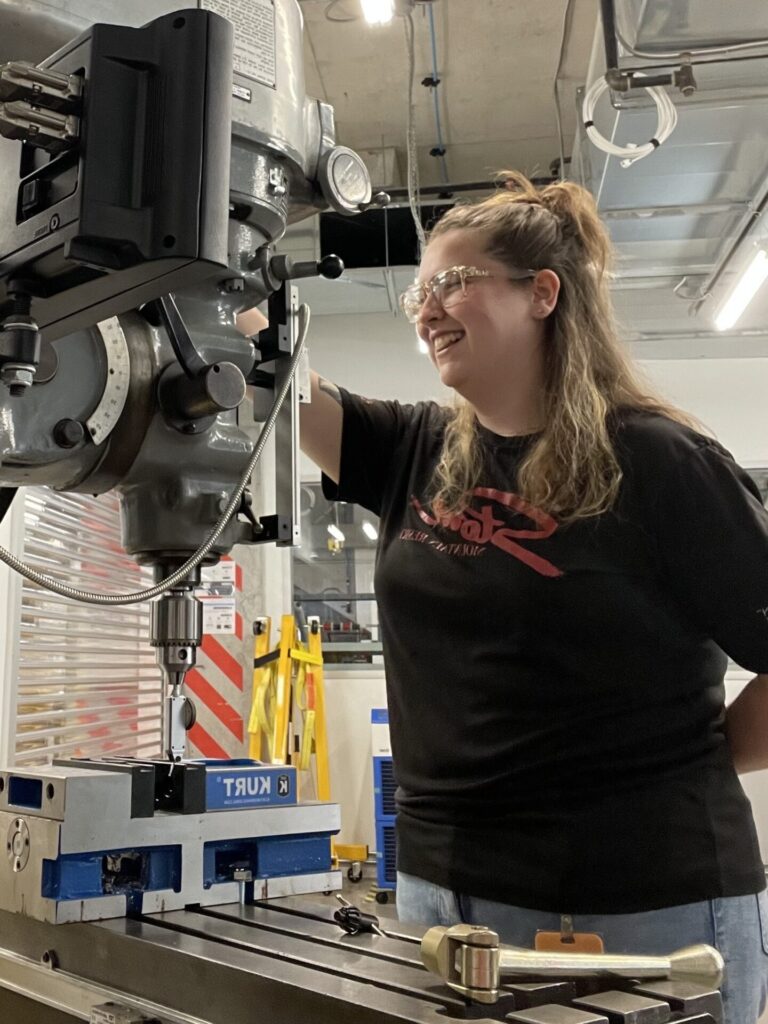
Jamie Nicholson is a Workshop Supervisor based out of the Autodesk Technology Center in Toronto, Canada. In her role, she uses her background in fabrication and the physical space the Technology Centers offer to assist researchers and industry members in making their projects happen. She and her colleagues act as subject-matter experts when it comes to physically fabricating, helping with the design and manufacturing of components, and training people to use the machines to make their own parts.
Nick Markovic is a Research Manager and hybrid employee based in London, England. His team manufactures digital twins, novel generative design, and intelligent design workflows. He applies his industry knowledge, curiosity, and engineering feel by working with world-class industry partners to digitally and physically create disruptive prototypes ranging from mass consumer products to large-scale unmanned aerial vehicle applications.
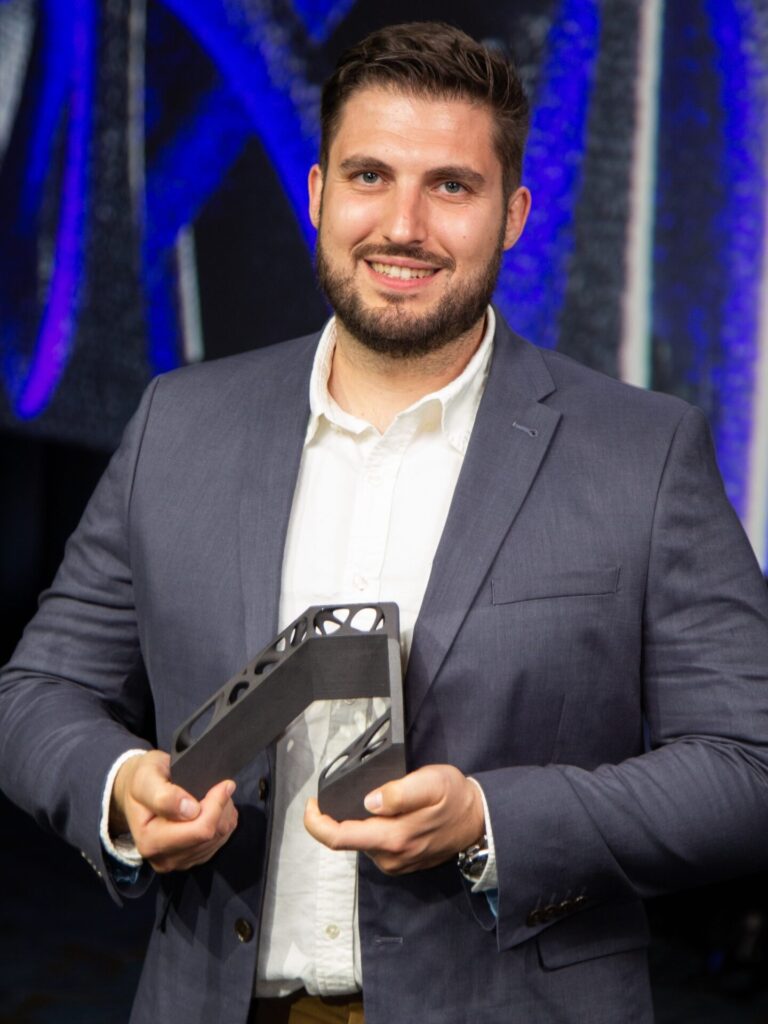
How does your work contribute to helping Autodesk’s customers innovate?
Archana: I believe innovation does not exist just within technological silos. Explosive innovation arises at the point where technological advancements meet the socioeconomic realities of their time. I utilize my background in economics and strategy consulting on a daily basis and it has certainly helped me see this “big picture.” My favorite aspect of my job is when I am able to translate findings into strategic recommendations back to our industry sectors. The macro-to-micro analysis is the most gratifying part of our foresight research.
Nick: At Autodesk Research, we continuously explore short and long-term areas of emerging technologies and processes that can be scaled to real-life design and make challenges. We lead and inspire customers with industry futures insights aligned with our and the customer’s goals.
One highly impactful project I was involved in was a collaboration with General Electric, where we targeted jet engine efficiency with generative design (you can read more about it here). My responsibility was pushing our product and research tools to the limit and creating new Design for Additive Manufacturing (DfAM) workflows. The overall impact was additively manufacturing one of the largest-ever metal 3D-printed aerospace parts, demonstrating significant cost, weight, and time savings. The success of this story validated research tools such as generative fluids and volumetric lattice structures that are available in Fusion 360, and the project ended up winning the “Engineering the Impossible” award at Autodesk University 2022.
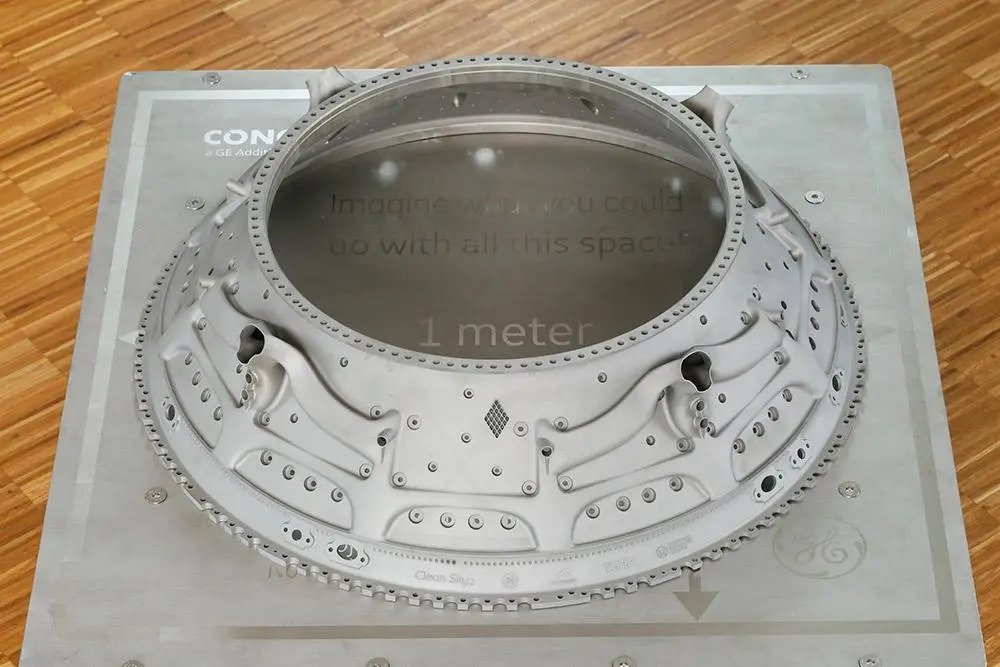
Jamie: Innovation can really only come about when someone feels comfortable trying and is okay with failing. It is my job to create a workshop space where people feel comfortable experimenting and give them the knowledge necessary to accomplish their goals. We work directly with internal teams to improve upon existing products with the feedback we get from our shop users. The Technology Centers have an approach that involves a lot of innovative thinking and planning for a better future for our customers and a better world for us all.
George: My team and I conducted research and wrote an academic paper in the area of human-computer interaction. The Safe 3D Navigation research project explored how to make freeform 3D navigation (pan, zoom, orbit) easier to learn for new users of Computer Aided Design (CAD) software. By providing additional feedback and specialized tools to prevent error states, user performance and satisfaction significantly improved.
One element of the Safe 3D navigation system is called the ViewCube, which is a graphical widget positioned in the corner of the 3D canvas to rapidly switch to standard views and access navigation controls. The Safe 3D navigation library and user interface, including the ViewCube, were put in all core Autodesk commercial products shortly after the research was completed. Millions of users have used this technology and user interface. In the end, this helps our customers work more efficiently and allows them to focus on their design and make tasks instead of getting stuck using and learning the tools.
In your opinion, how does Autodesk’s culture support and encourage innovation?
George: Many years ago, Autodesk switched from being a “fast follower” to a “technology leader,” and this strategic shift now places more importance on being proactive rather than reactive to changes in technology and culture. Thus, innovation is more top-of-mind for Autodesk, and our customers see these innovations faster than before.
I have found that Autodesk is open to hearing innovation from any employee, no matter where they sit in the organizational structure. Leaders are always shopping for great ways to improve, whether it’s Autodesk products, the way we work, or internal processes. Of course, new ideas and prior commitments have to be balanced and prioritized.
Autodesk also has a patent program where it encourages employees to come up with new ideas and document them in detail. If Autodesk moves forward on filing a patent, the employee gets a financial reward for their innovation.
Jamie: A full physical workshop is probably not the first thing you think of when you think about a software company like Autodesk, but I think the fact that my job exists at all is a testament to the company’s commitment to innovation. The entire Autodesk Research organization is dedicated to staying at the forefront of industry and technological trends to ensure that our products and services are constantly meeting, if not exceeding, industry standards.
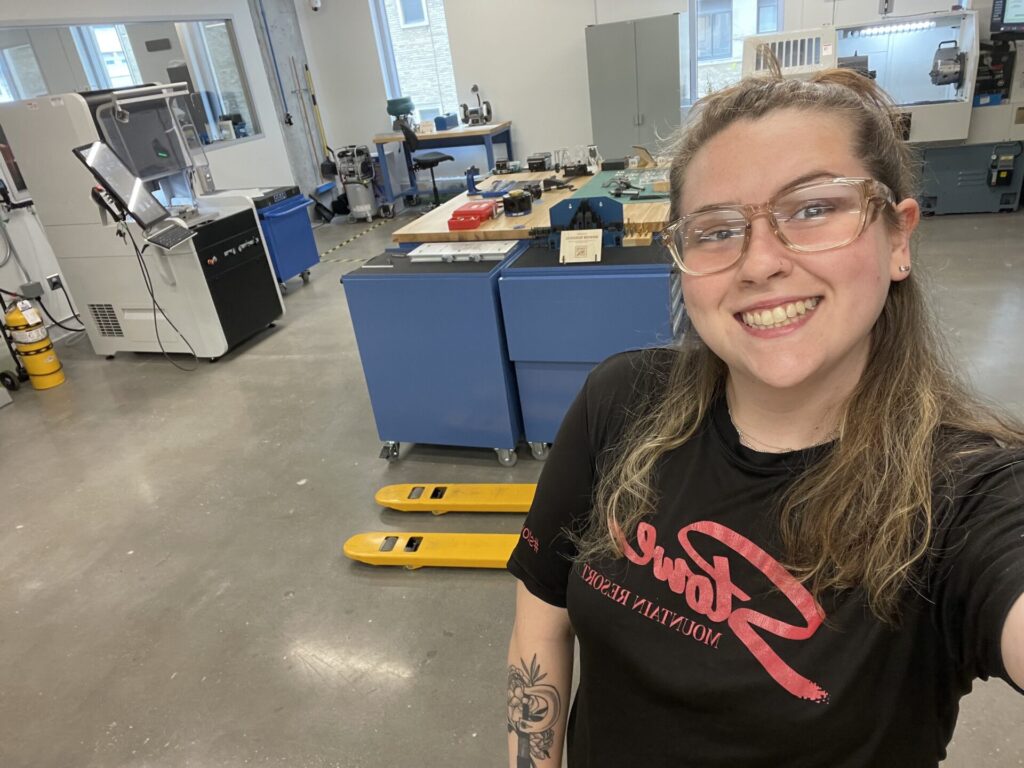
The culture at Autodesk is what keeps me here. My team is encouraged to take risks and think outside the box, which usually brings forward some new and innovative ideas. Additionally, we’re encouraged to collaborate across teams, which helps bring a diverse set of problem solvers to each problem. I’ve also had the opportunity to attend conferences that allow me to learn and grow both professionally and personally.
Nick: Autodesk’s culture is awesome, especially when it comes to innovation. The company provides autonomy and flexibility for researchers to explore the latest and greatest. It also celebrates diversity and inclusion – the Research organization has a strong, diverse background of talented scientists, engineers, machinists, artists, and more, located in different countries with different and respected cultures. This increases innovation by bringing together different perspectives, experiences, and ideas that can spark creativity and problem-solving.
Also, Autodesk rewards innovation and impact. We can recognize and reward our colleagues by sending them recognition points or by having them showcase their amazing work at Autodesk University. I personally had the opportunity to present a research project in front of Autodesk’s CTO and CEO – while it was initially daunting, it was a fantastic experience, and I was humbled by their appreciation for my innovation.
Archana: As a job candidate myself not so long ago, I was intrigued by Autodesk’s Culture Code. The emphasis on our Values and Ways We Work is fundamental to our ability to drive innovation. The principle of “Empowering Decision Makers” is a good reminder to focus on results and create “Impact,” while also fostering a more creative and inventive mindset. Now, I enjoy seeing the Culture Code in action among the people around me and find myself referring to it frequently. What it does is establish the norm for mutual respect, in which everyone’s opinions are valued, and everyone has the opportunity to learn and grow.
I also admire how Autodesk has been different from others by embedding a foresight team into its Research function, linking the team with Autodesk’s most innovative researchers. Usually, corporate foresight resides in strategy or marketing groups, where it is used to put ideas in a broader context or mitigate potential threats. By making foresight a core team within Research, Autodesk exemplifies how it can be a lever for long-term innovation.
What advice do you have for someone interested in working at an innovative company like Autodesk?
Jamie: It sounds cheesy, but just be yourself. No one knows everything, so don’t try to pretend that you do. Treat every day as a new opportunity to grow, and prospective employers will start to see all the things you could learn instead of seeing the things you don’t yet know.
Archana: Autodesk tools make our imagined futures a reality! Our software is used to conceptualize and create everything from cars to movies. This is a creative space where you can imagine the unknown and innovate for the future, and you won’t be alone in this. Our people — both technical and commercial — are a source of great insight and inspiration and I would highly suggest Autodesk to anyone, regardless of their field of expertise, who is looking to shape our tomorrow.
George: I would encourage candidates to showcase how they are a team player but also that they can bring something different to the table – whether that is a unique point of view on a topic, or ideas on how an Autodesk product or process could be better. Since technology and the industry are changing quickly, candidates will thrive when they show an eagerness to learn something new, jump on a new project, or try a new way of working.
Nick: I would give three pillars of advice to science and engineering graduates interested in working at an innovative company like Autodesk:
- Be curious and keep learning. Technology is constantly evolving, so staying updated on the latest trends and developments in your field is important.
- Be creative and embrace challenges. Innovation requires thinking outside the box and finding new ways to approach problems. Don’t be afraid to experiment, fail, and learn from your mistakes. Seek out feedback and use it to improve your work.
- Be passionate and have fun. Working at an innovative company like Autodesk means working on projects that positively impact the world. Find something that you’re passionate about and enjoy doing – this will help you stay motivated and engaged in your work.
Autodesk’s technology empowers the people who design and make the world around us. Our innovative culture will help unlock the next big idea, helping create a better world designed and made for all!
Interested in joining our team of innovators? Check out our current openings!